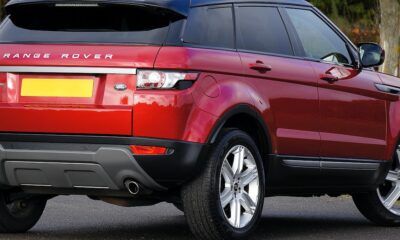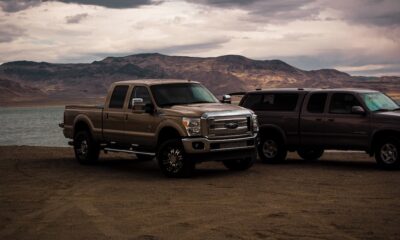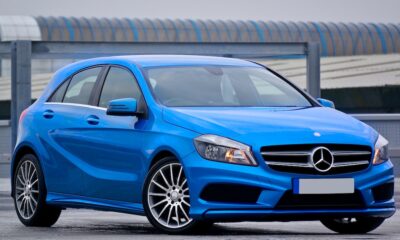Buyers Guide
Best Sedan Buying Guide

Buying a sedan? When choosing a new car, it’s important to know what to look for. Automakers are now even more driven to make their sedans exciting so that they can compete with the rise in SUV popularity. With so many available choices, picking the right car can get confusing. Here are some factors you should keep in mind while buying a sedan.
Seating
Nearly all sedans have room for four people to ride comfortably. The person sitting in the rear center position usually has the least comfortable seat, so four-person seating is the norm, even if that’s not what the specifications state.
Obviously, larger models include lots more leg- and headroom, particularly for rear-seat passengers.
Engines and Fuel Economy
Some four-cylinder engines are more fuel efficient than six-cylinder ones, and some new sedans have four cylinders that balance power and fuel efficiency quite well. In recent years, many manufacturers have turned to turbocharging with four-cylinder engines to improve efficiency and acceleration. However, remember that many upscale sedans and turbocharged cars need premium fuel.
Hybrid systems are becoming more prevalent in cars across all segments– even luxury models. All-electric models are all the buzz these days.
Cargo
Different models of cars have very different trunk sizes. Some can easily accommodate a whole week’s groceries with space left over. Others have high liftovers, intrusive goose-neck hinges, and awkward shapes that limit their usefulness.
Many car manufacturers have produced four-door hatchback models in recent years, such as the Volkswagen Arteon, Audi A7, Porsche Taycan, Polestar 2, and Kia Stinger. This body style comes with a split rear seat design, so you can fold one part down for cargo while still allowing someone to sit in the other part.
Safety and Advanced Driver Assistance Systems Technologies
Automatic emergency braking (AEB) with pedestrian detection, blind spot warning (BSW), and forward collision warning (FCW) are crash avoidance technologies that should come standard on all vehicles.
If the driver doesn’t respond to an imminent collision, AEB will apply the brakes. BSW continuously monitors the sides of a vehicle, warning drivers when they may not be able to see another car alongside. FCW technology provides a tactile, audible, and/or visual alert to warn the driver of an impending collision with another vehicle or other obstruction in the path.
Some other modern safety features include:
– Lane-keeping assist to keep the vehicle in its lane if its driver begins to drift.
– Telematics systems, which can alert emergency personnel if an airbag is deployed.
– Lane departure warning systems that send alerts if the driver changes lanes without giving a signal.
– Rear cross-traffic alert, which monitors the sides of a vehicle when backing out of a parking spot and applies the brakes if necessary.
-

 Buyers Guide3 years ago
Buyers Guide3 years agoUltimate SUV Buyer’s Guide
-

 Reviews3 years ago
Reviews3 years agoThese Are The Best Used Trucks Under $10,000
-

 Reviews3 years ago
Reviews3 years agoSedan vs. Coupe: What’s the Difference?
-

 Accessories & Financing3 years ago
Accessories & Financing3 years agoElectric Car Maintenance: Everything You Need to Know
-

 Accessories & Financing3 years ago
Accessories & Financing3 years agoBest Snow and Winter Tires
-

 Accessories & Financing3 years ago
Accessories & Financing3 years agoBest All-Season Tires Everyone Should Know Of
-

 Buyers Guide3 years ago
Buyers Guide3 years agoFour Luxury SUVs That Are Built to Last
-

 Reviews3 years ago
Reviews3 years agoThis Is How Hybrid Cars Really Work










